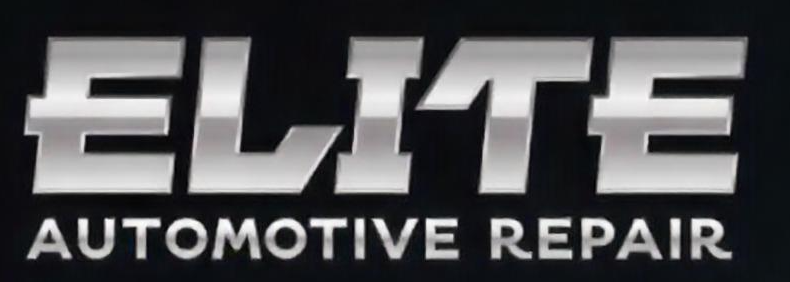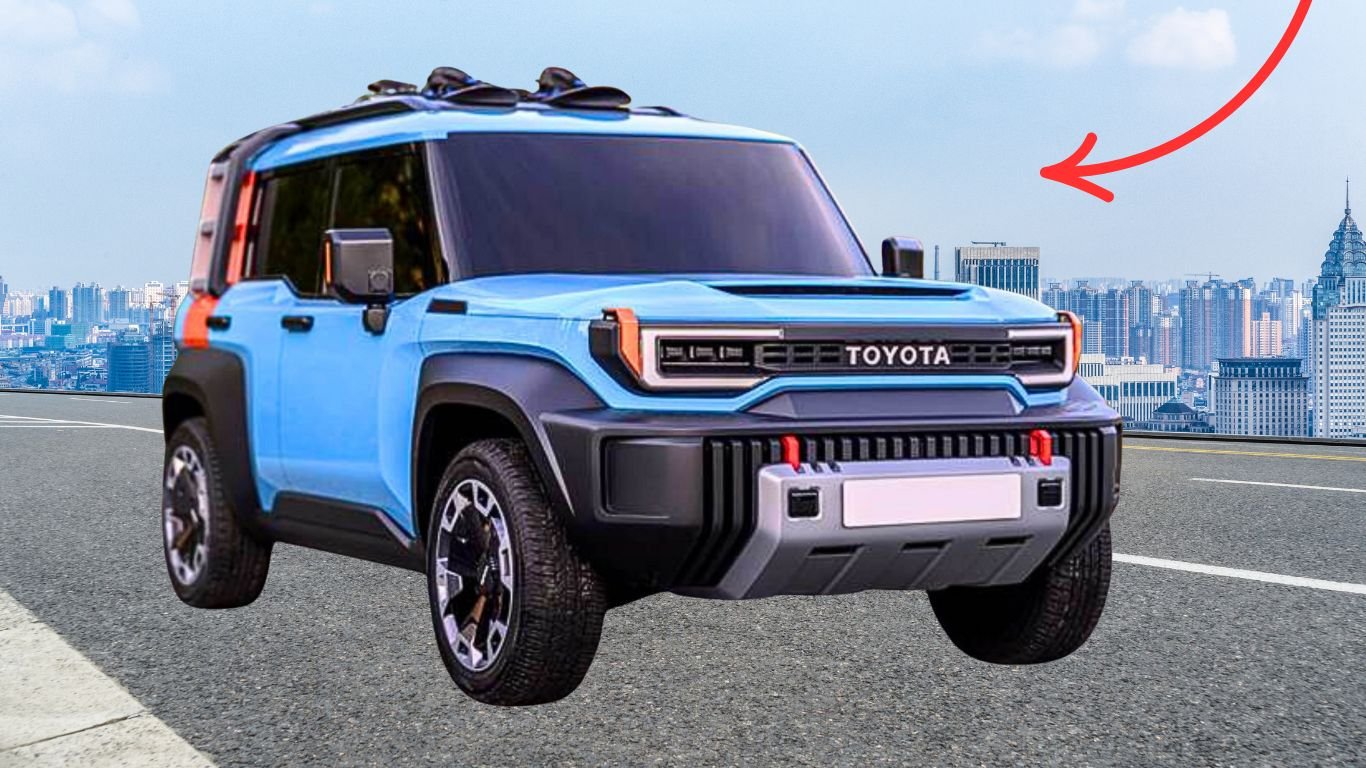Toyota is set to redefine urban driving with the imminent launch of the Mini Fortuner, a compact variant of its wildly popular Fortuner SUV. Scheduled for release in late 2025, the Mini Fortuner promises to deliver the same rugged appeal and durability of its larger counterpart but in a size more suited for city streets.
Key Takeaway Points
- Compact Yet Spacious: The Mini Fortuner offers a compact exterior with a surprisingly spacious interior, blending urban practicality with comfort.
- Advanced Features: Loaded with advanced features like a state-of-the-art infotainment system, the Mini Fortuner sets a new standard in the compact SUV segment.
- Fuel Efficient: With its turbocharged engines, the Mini Fortuner is designed to be both powerful and fuel-efficient, making it ideal for city driving.
- Highly Competitive: Positioned to compete with major names in the compact SUV market, the Mini Fortuner aims to deliver superior value and performance.
Market Introduction
The Mini Fortuner is designed to cater to those who love the robustness and style of the classic Fortuner but require a vehicle that is more adaptable to congested urban environments. Toyota has announced that this new model will incorporate advanced features and technologies while maintaining a competitive price point, aiming to attract a broad demographic of urban drivers.
Toyota’s Strategy is clear: to infuse the Mini Fortuner with a distinct “dhakad” (fierce) look and cutting-edge technology that mirrors the demands of modern city life. The compact SUV will feature a streamlined exterior design, aggressive front grille, and sleek LED lighting, ensuring it stands out on the road.
Design and Features
The design philosophy behind the Mini Fortuner emphasizes both aesthetics and functionality. The vehicle will offer a spacious interior that belies its compact exterior dimensions, equipped with high-quality materials and the latest in automotive technology.
One of the key features of the Mini Fortuner is its state-of-the-art infotainment system, which includes voice recognition, real-time vehicle diagnostics, and smartphone integration. Safety has not been compromised, with multiple airbags, an advanced anti-lock braking system (ABS), and an electronic stability program (ESP) standard across all variants.
Performance
Under the hood, the Mini Fortuner is just as impressive. It will be available with a choice of a 1.5-liter turbocharged petrol engine or a 2.0-liter diesel, both of which are designed to provide an optimal balance of power and fuel efficiency. The engines are paired with either a six-speed manual or an automatic transmission, catering to different driver preferences.
Fuel efficiency is a significant selling point, with the Mini Fortuner expected to deliver excellent mileage, reducing both running costs and environmental impact. The SUV’s compact size and lighter weight contribute to a nimble driving experience, ideal for navigating narrow city lanes and tight parking spaces.
Technological Edge
In keeping with Toyota’s commitment to innovation, the Mini Fortuner will be equipped with several smart features that enhance both driveability and passenger comfort. These include adaptive cruise control, a lane-keeping assist system, and an automatic parking assistant.
Connectivity options in the Mini Fortuner are cutting-edge, with a built-in 4G LTE Wi-Fi hotspot, wireless charging pads, and multiple USB ports, ensuring that all passengers can stay connected and charged on the go.
Competitive Landscape
The launch of the Mini Fortuner comes at a time when the compact SUV market is increasingly competitive. Toyota’s offering is set to rival models like the Hyundai Creta and Kia Seltos, which have dominated this segment in recent years. However, with its robust design and advanced features, the Mini Fortuner is well-positioned to carve out a significant market share.

